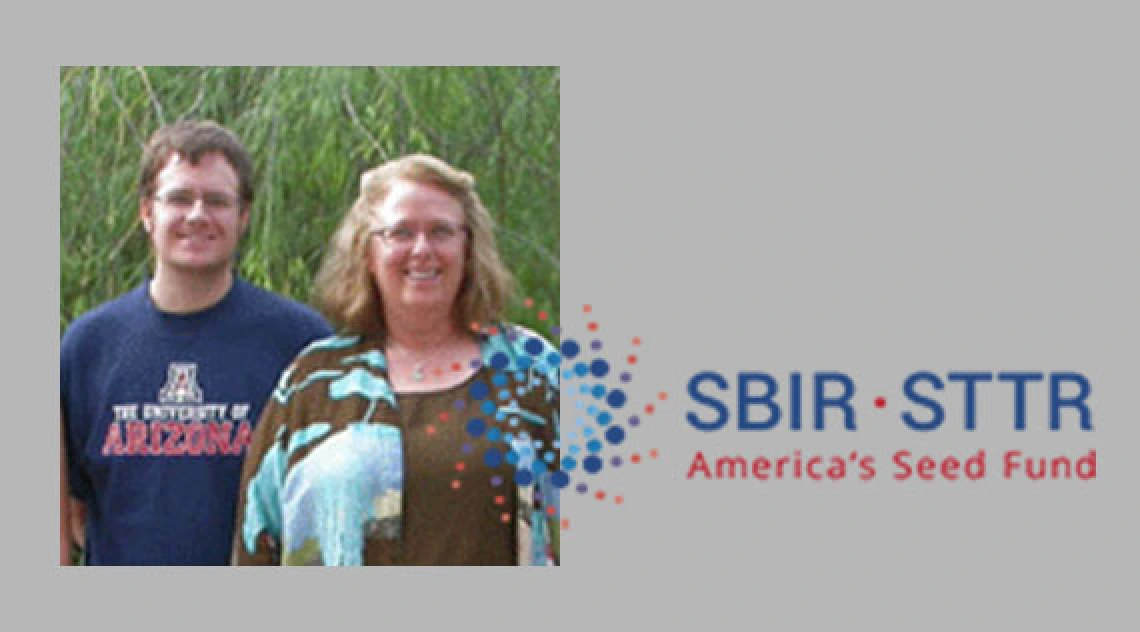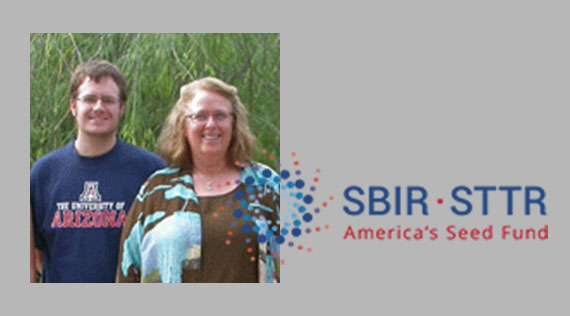Dr. Maier’s Research Team Awarded NIEHS Phase 2 Grant

 The National Institute of Environmental Health Sciences has awarded a two year $1.16M Small Business Innovation Research Phase 2 grant entitled, ”Rhamnolipid-Based Remediation Technologies for Uranium and Rare Earth Element Contamination,” to University of Arizona Superfund Research Center Director Dr. Raina Maier, GlycoSurf LLC, and Wayne State University.
The National Institute of Environmental Health Sciences has awarded a two year $1.16M Small Business Innovation Research Phase 2 grant entitled, ”Rhamnolipid-Based Remediation Technologies for Uranium and Rare Earth Element Contamination,” to University of Arizona Superfund Research Center Director Dr. Raina Maier, GlycoSurf LLC, and Wayne State University.
The research team – made up of Maier; Dr. Chett Boxley from GlycoSurf, LLC; Dr. David Hogan from the University of Arizona; and Dr. Tim Dittrich from Wayne State University – will build on research results from Phase 1 grants from NIEHS and NSF [see more]. This previous work has demonstrated two technologies that are capable of the selective removal of uranium and rare earth elements (REE) from complex mining solutions: ion flotation with propriety metal-binding surfactants and the use of adsorbents functionalized with the same metal-binding surfactants
In Phase 2, results will be refined and scaled-up. The objectives are to demonstrate the commercial potential of these technologies for large water treatment applications by up-scaling, developing treatment processes for continuous flow operations and testing, synthesizing more cost-effective glycolipids, and determining the economic feasibility and commercial potential of the technology.
The long-term goal of this research is to develop technology that can address the legacy left by uranium mining in the U.S. Southwest where there are thousands of legacy mining sites with uranium-contaminated soils. Contamination from these soils impact adjacent water and land resources that, in turn, pose serious threats to human and environmental health. Uranium is also a challenge for modern mining operations as it is often present as a contaminant in mineral processing activities targeting other metals. In addition to uranium, REE are also commonly found as contaminants in coal and some hard-rock mining operations.
Hogan said, “This award is an amazing opportunity to continue research rooted in the early years of the University of Arizona Superfund Research Program. I am excited to work with a top-notch team of interdisciplinary researchers as we advance the development of these green technologies towards commercialization and implementation in environments impacted by mining activities.”

